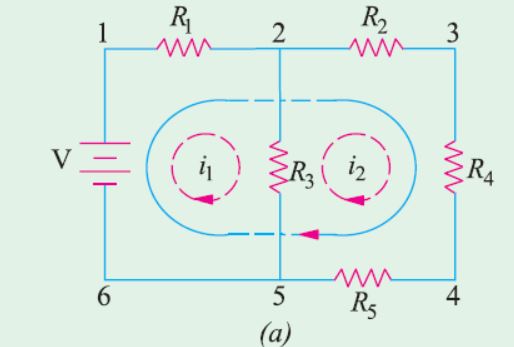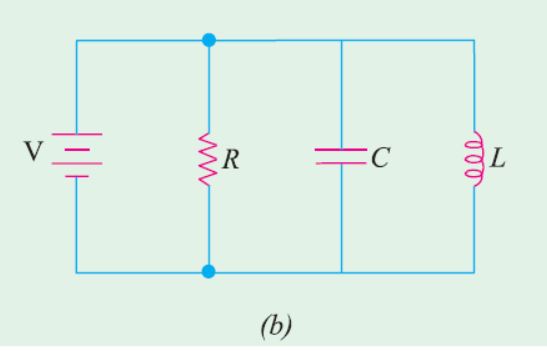Electric Circuits and Network Theorems
Electric Circuits and Network Theorems
There are certain theorems, which when applied to the solutions of electric networks, wither simplify the network itself or render their analytical solution very easy. These theorems can also be applied to an a.c. system, with the only difference that impedances replace the ohmic resistance of d.c. system. Different electric circuits (according to their properties) are defined below :
1. Circuit. A circuit is a closed conducting path through which an electric current either flows or is intended flow.
2. Parameters. The various elements of an electric circuit are called its parameters like resistance, inductance and capacitance. These parameters may be lumped or distributed.
3. Liner Circuit. A linear circuit is one whose parameters are constant i.e. they do not change with voltage or current.
4. Non-linear Circuit. It is that circuit whose parameters change with voltage or current.
5. Bilateral Circuit. A bilateral circuit is one whose properties or characteristics are the same in either direction. The usual transmission line is bilateral, because it can be made to perform its function equally well in either direction.
6. Unilateral Circuit. It is that circuit whose properties or characteristics change with the direction of its operation. A diode rectifier is a unilateral circuit, because it cannot perform rectification in both directions.
7. Electric Network. A combination of various electric elements, connected in any manner whatsoever, is called an electric network.
8. Passive Network is one which contains no source of e.m.f. in it.
9. Active Network is one which contains one or more than one source of e.m.f.
10. Node is a junction in a circuit where two or more circuit elements are connected together.
11. Branch is that part of a network which lies between two junctions.
12. Loop. It is a close path in a circuit in which no element or node is encountered more than once.
13. Mesh. It is a loop that contains no other loop within it. For example, the circuit of Fig. given below, has even branches, six nodes, three loops and two meshes

whereas the circuit of Fig. (b)

has four branches, two nodes, six loops and three meshes. It should be noted that, unless stated otherwise, an electric network would be assumed passive in the following treatment. We will now discuss the various network theorems which are of great help in solving complicated networks. Incidentally, a network is said to be completely solved or analyzed when all voltages and all currents in its different elements are determined.
There are two general approaches to network analysis :
(i) Direct Method
Here, the network is left in its original form while determining its different voltages and currents. Such methods are usually restricted to fairly simple circuits and include Kirchhoff’s laws, Loop analysis, Nodal analysis, superposition theorem, Compensation theorem and Reciprocity theorem etc.
(ii) Network Reduction Method
Here, the original network is converted into a much simpler equivalent circuit for rapid calculation of different quantities. This method can be applied to simple as well as complicated networks. Examples of this method are : Delta/Star and Star/Delta conversions. Thevenin’s theorem and Norton’s Theorem

Read article – Units of Resistivity
Visit NCERTplanet.com for NCERT solutions and Textbook downloads



